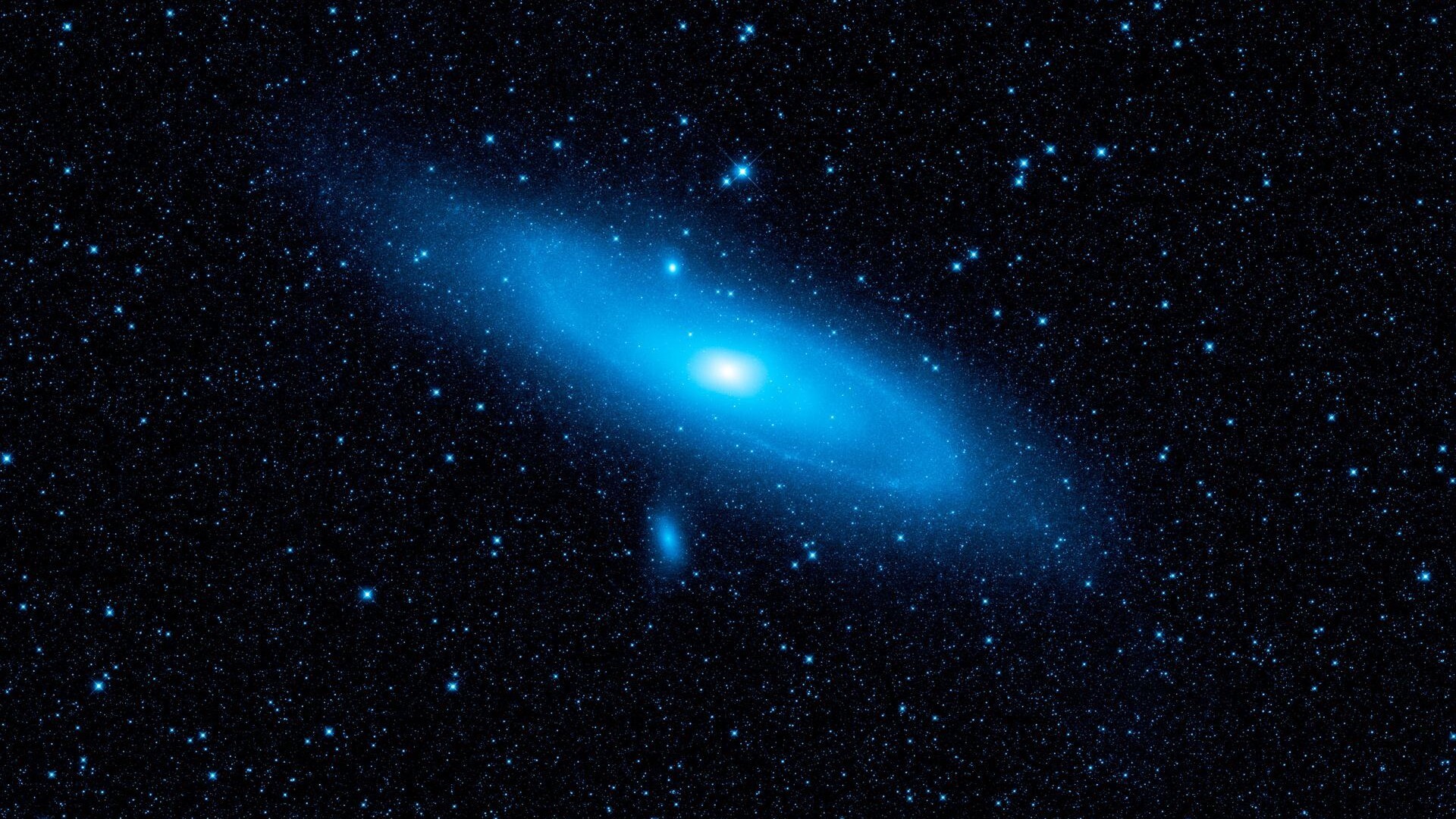Diversity, Vol. 16, Pages 92: Mangrove Rehabilitation and Brachyuran Crab Biodiversity in Ranong, Thailand
Diversity doi: 10.3390/d16020092
Authors: Elizabeth C. Ashton Donald J. Macintosh
Mangroves rehabilitated after deforestation by commercial exploitation must be monitored to confirm that key ecosystem functions are being restored. Brachyuran crabs are conspicuous mangrove macrofauna and were selected as potential indicators of ecosystem recovery. A deforested former mangrove charcoal concession area in Ranong was rehabilitated by planting Rhizophora (1994), Bruguiera and Ceriops (1995) seedlings in single-species blocks. A second area, deforested and heavily degraded by tin mining, was rehabilitated with R. mucronata in 1985. Crabs at these sites were compared with those in a mixed-species conservation forest. Timed collections were made in 1999, 2008 and 2019 to compare crab diversity and relative abundance between sites and years. Thirty-three brachyuran crab species were recorded. Fiddler crabs (Austruca triangularis, Tubuca rosea) and the signal crab, Metaplax elegans, were most abundant, followed by sesarmid crabs (15 species). Species composition differed significantly between sites but not between the four planted tree species blocks. We propose Metaplax elegans as an indicator of ecological development in low-lying/newly formed sediments; fiddler crabs as equivalent indicators in young mangrove plantations/open forest habitats; and a diverse sesarmid community to indicate ecological functioning in older plantations/dense forests.

 3 months ago
34
3 months ago
34


